
Absence seizures affect about 2 of every 1.000 people. According to the medical terminology, absence seizures belong to the group of generalized seizures and commonly affect consciousness of the affected patient. Generalized means that the whole brain gets abnormal brain impulses and neurons start to “fire” these impulses at much faster pace than normal.
Some doctors refer to these seizures as petit mal seizures, for they usually affect children, aging 5 to 18. In some rare occasions absence seizures may also be diagnosed in infants or young adults. Absence seizures may be idiopathic (not related to any cause) or secondary to some other conditions, like toxic brain disease, vascular malformation, some infections or neoplasm. How Absence Seizures Looks Like?
As mentioned, these seizures mostly affect the kids and during the seizure the patients lose consciousness. It might not be so easily visible if the parent or some other adult is not paying attention. Many times, these seizures seem as if the person got lost, not being aware of the things or people around him/her. Kids could also just stare in front of them, being irresponsive if someone calls them. Some children may experience quick blinking or flickering, while others could have the arm or the leg jerking or twitching slightly. These symptoms don’t last for a long period of time, just some 10 to 20 seconds. But, what is more important, a child may have up to 100 of these seizures just during one day. So, absence seizures could affect school performance because some teachers may mistake this problem for daydreaming.
Adult patients usually have similar signs and symptoms and they could stop talking in the middle of the sentence or some work and, once the seizures are over, just carry on doing what they were up to. Patients can also suffer from some repetitive movements during the seizures, such as walking around, picking on clothes, chewing or smacking the lips.Treatment Options for Absence Seizures
The goal of the therapy for absence seizures is to decrease the number of episodes patient experiences. For this purpose, doctor uses medications like valproic acid, lamotrigine or etosuximide. For every particular patient, doctors usually try one of these drugs and start with the lowest possible dose and then gradually increase it up to the dose that proves to be the best for the case.
Children usually grow out this problem and with the proper treatment there is no reason to be afraid for your child’s health. Absence seizures are not commonly associated with problems in the development or some functional harm of the brain.




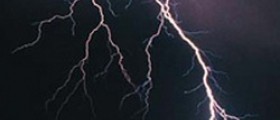
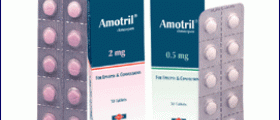

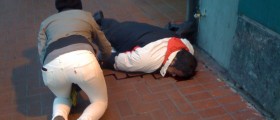
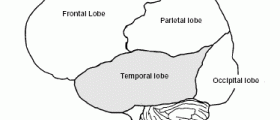
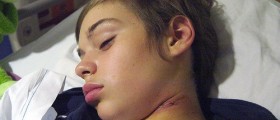
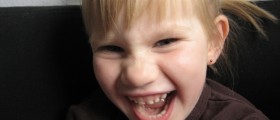


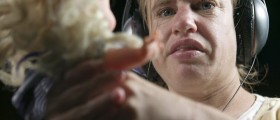
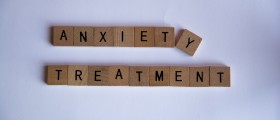
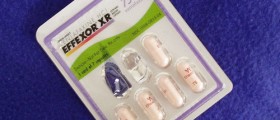
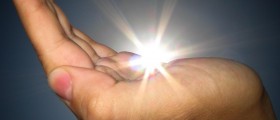
Your thoughts on this
Loading...